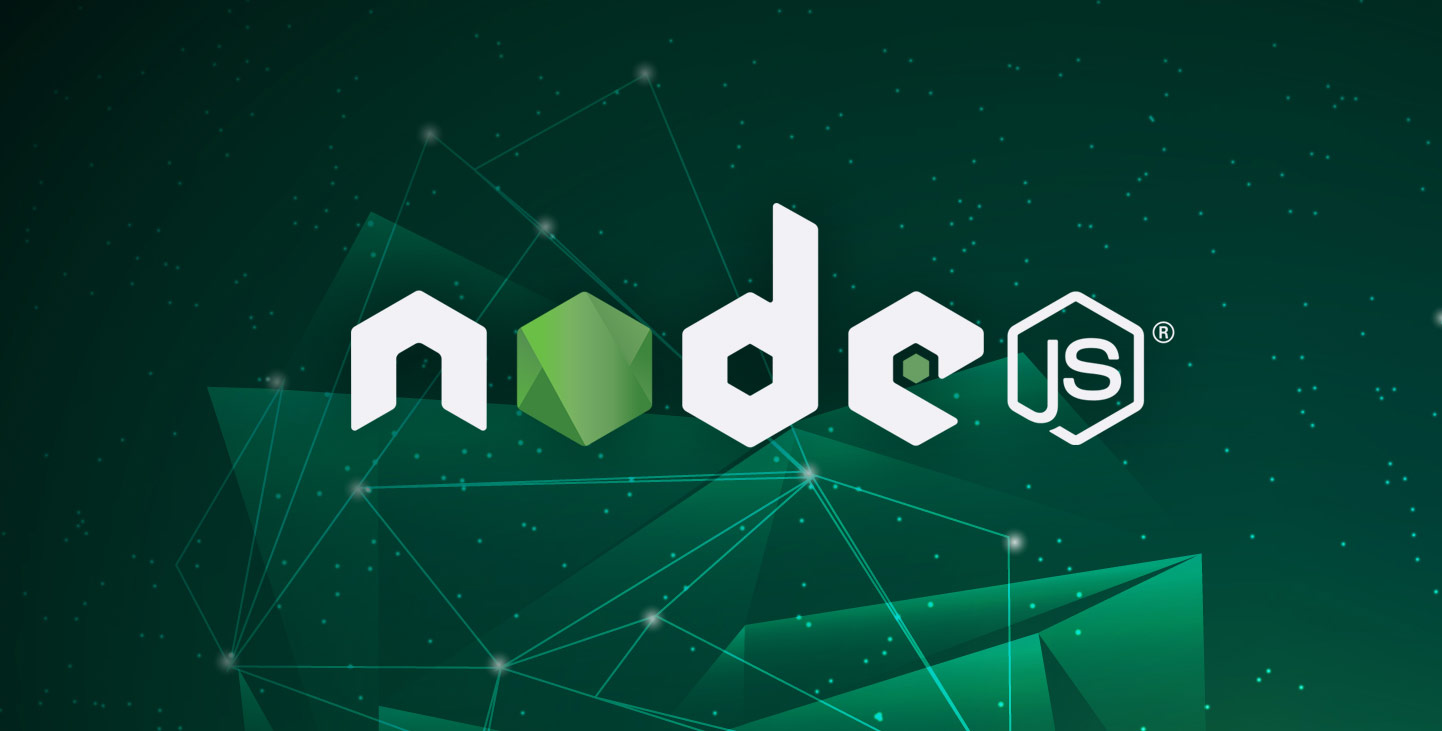Altiplano Design Insights
Exploring the beauty and creativity of design in everyday life.
Node.js: The Secret Sauce for Speedy Web Apps
Unlock the secret to lightning-fast web apps! Discover how Node.js can supercharge your development and boost performance today!
Understanding Event-Driven Architecture: How Node.js Boosts Web App Performance
Event-Driven Architecture (EDA) is an architectural pattern that facilitates the design of applications by concentrating on the production, detection, consumption, and reaction to events. This approach is particularly effective for handling high-throughput workloads such as web applications. When combined with Node.js, which is built on a non-blocking I/O model, EDA enhances performance significantly by allowing multiple operations to occur simultaneously. In this model, when an event occurs, a callback function is triggered asynchronously, enabling the server to handle numerous requests without waiting for any task to complete, thereby improving responsiveness and user experience.
Implementing an Event-Driven Architecture with Node.js not only streamlines application development but also optimizes resource utilization. For instance, consider a scenario where a web app requires user interactions, API calls, and database queries. With Node.js, these tasks can all run concurrently, reducing the overall processing time. As a result, web applications built on this architecture can manage high levels of traffic while maintaining exceptional performance. To sum it up, adopting EDA with Node.js is a strategic choice for developers aiming to enhance their web app's performance and scalability.

5 Reasons Why Node.js is the Go-To Framework for Rapid Web Development
Node.js has emerged as a dominant force in the world of web development, and for good reason. One of the primary advantages of using Node.js is its ability to facilitate rapid web development through its non-blocking, event-driven architecture. This allows developers to handle multiple requests simultaneously, significantly reducing the time required to build scalable applications. Moreover, with the vast ecosystem of packages available through npm (Node Package Manager), developers can easily integrate third-party modules and libraries, further accelerating the development process.
Another compelling reason to choose Node.js is its strong community support and continuous improvements. The active community contributes to a wealth of resources, tutorials, and best practices that empower developers to troubleshoot issues and innovate at a fast pace. Additionally, the use of JavaScript on both the server and client sides simplifies the learning curve for developers, enabling them to streamline their workflow and build applications more efficiently. In summary, the combination of asynchronous processing, an extensive package ecosystem, and robust community support makes Node.js the go-to framework for rapid web development.
How Node.js Handles Concurrency: A Deep Dive into Non-Blocking I/O
Node.js is designed to handle concurrent operations efficiently through its non-blocking I/O model. Unlike traditional server architectures that use multi-threading to handle multiple requests simultaneously, Node.js operates on a single-threaded event loop. This means that it can perform I/O operations, such as reading from a database or file system, without blocking the execution of other operations. By leveraging the event-driven architecture, Node.js can effectively manage numerous connections, allowing for high scalability and performance with minimal resource consumption.
At the core of this non-blocking mechanism is the concept of callbacks, which are functions passed as arguments to other functions and are invoked once a particular task is completed. Additionally, Promises and async/await syntax have been introduced to further streamline asynchronous code, making it easier to read and maintain. This approach allows developers to write code that can handle multiple tasks without waiting for each operation to finish, resulting in faster and more responsive applications that can gracefully manage high loads of concurrent requests.